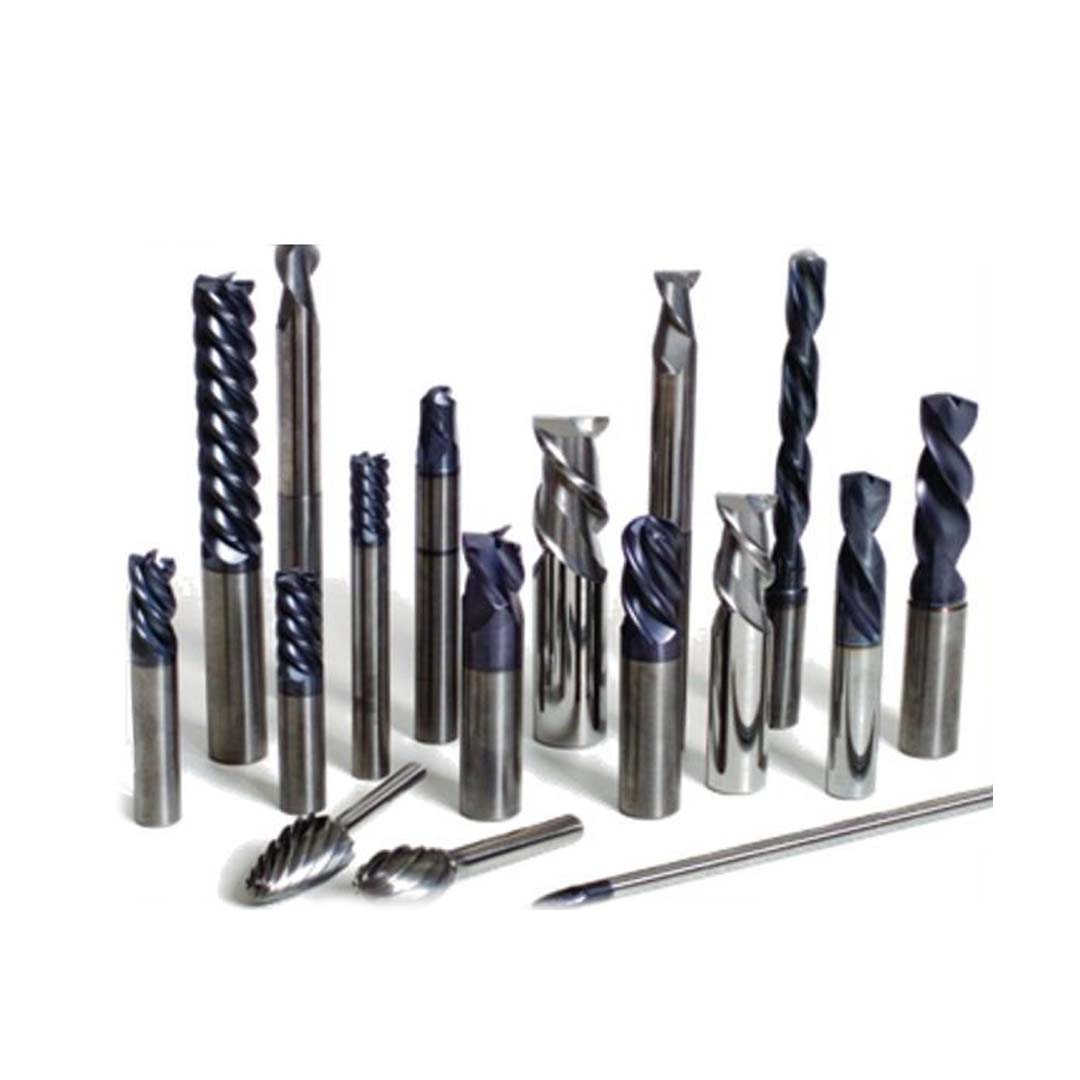
Falcon Group’s ENCORE® Branded Milling Tools come in a variety of shapes and sizes, and we are mainly focused on tools made from carbide. These tools can be used for a variety of machining operations, such as milling, drilling, and contouring.
We manufacture all types of milling tools, including:
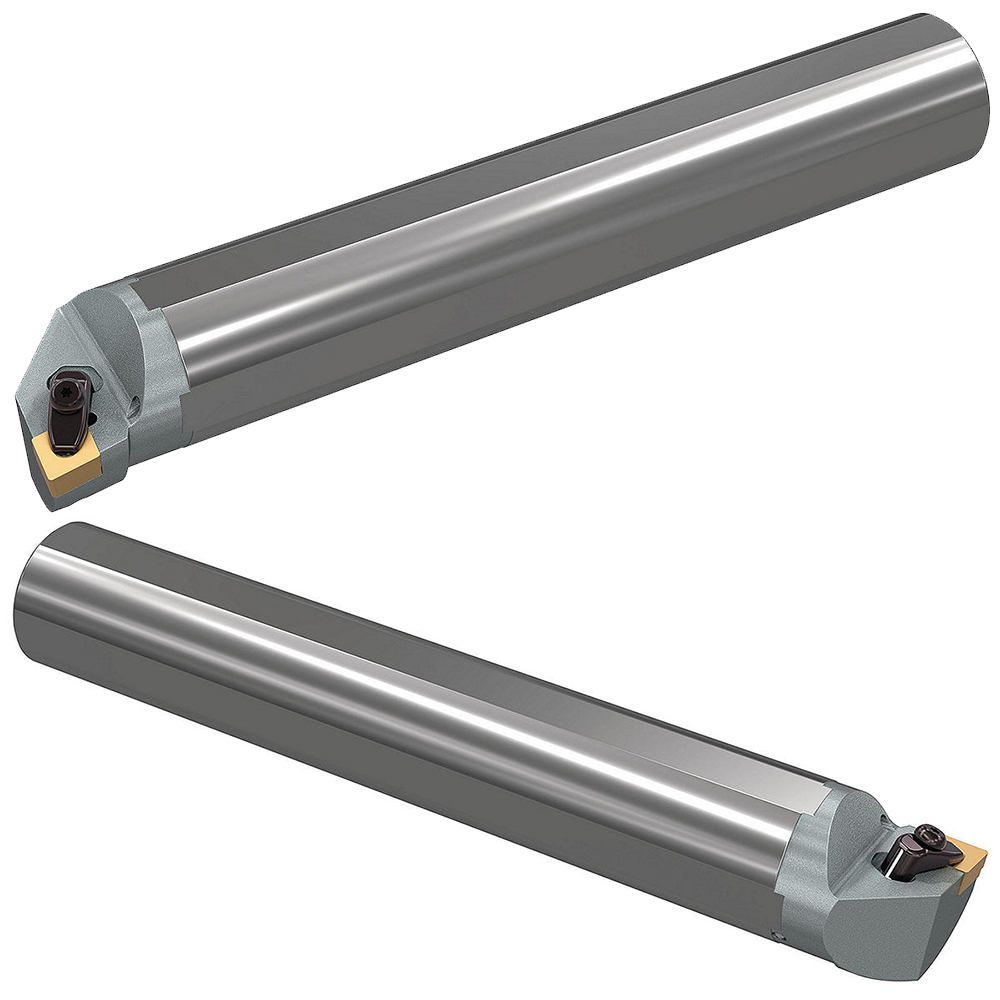
ENCORE® Turning tools used in metalworking to shape and finish workpieces on a lathe. They are made of carbide and come in a variety of shapes and sizes.
Some common types of turning tools include:
The selection of the suitable turning tools depends on the material of the workpiece and the desired finish. Talk to our Engineers to help you select the correct tool for the job, and also on how to maintain the tools properly.
External turning encompasses all the cutting techniques used to create a component’s outer contours and finished surface. External processes include longitudinal turning, profile turning, and face turning, which are among the most common applications for Carbide turning inserts.
Internal turning tools are cutting tools used to shape the internal surfaces of a workpiece, such as the inside of a hole or bore. They are used in conjunction with a lathe, and are typically mounted on a tool post or holder.
Some common ENCORE® internal turning tools include:
It’s important to use the correct cutting-edge geometry and insert grade for the material being machined, and to maintain the cutting edge by sharpening or replacing the inserts as needed. Talk to or mail our Engineers for more information.
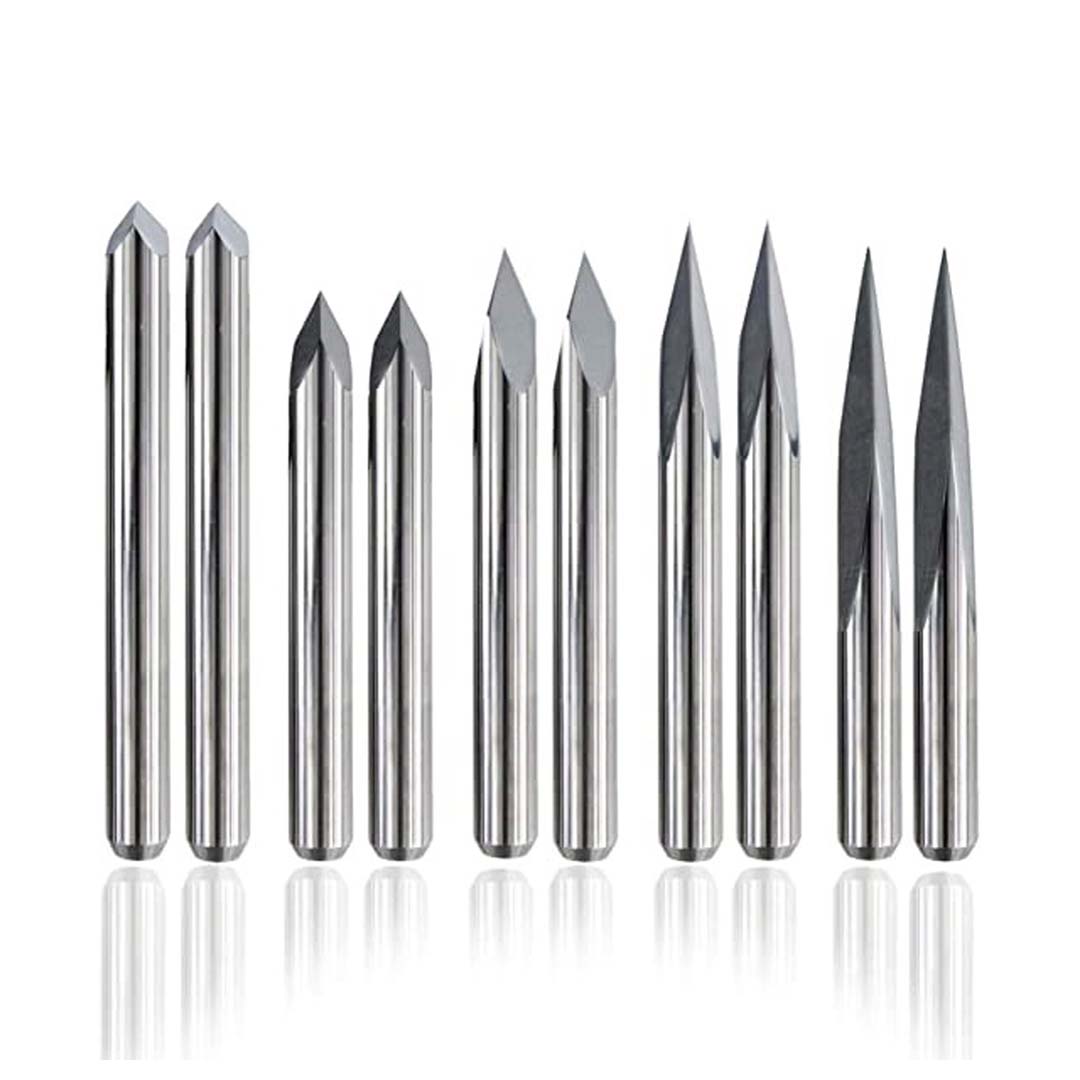
Engraving tools are tools used to create designs, patterns, and letters on a variety of surfaces such as metal, wood, glass, and stone. These tools can be divided into two main categories: hand-held engraving tools and machine engraving tools.
Hand-held engraving tools include:
Machine engraving tools include:
Engraving tools require proper care, maintenance and regular sharpening to ensure their longevity and effectiveness, and it’s important to use the right tool for the right surface, to achieve the desired results.
Are you looking for a rotary tool for your engraving machine? Easy to use, economical and durable, our wide range of cutters, inserts, and diamond tools will meet your needs – no matter your brand of the engraving machine. Mail or WhatsApp us
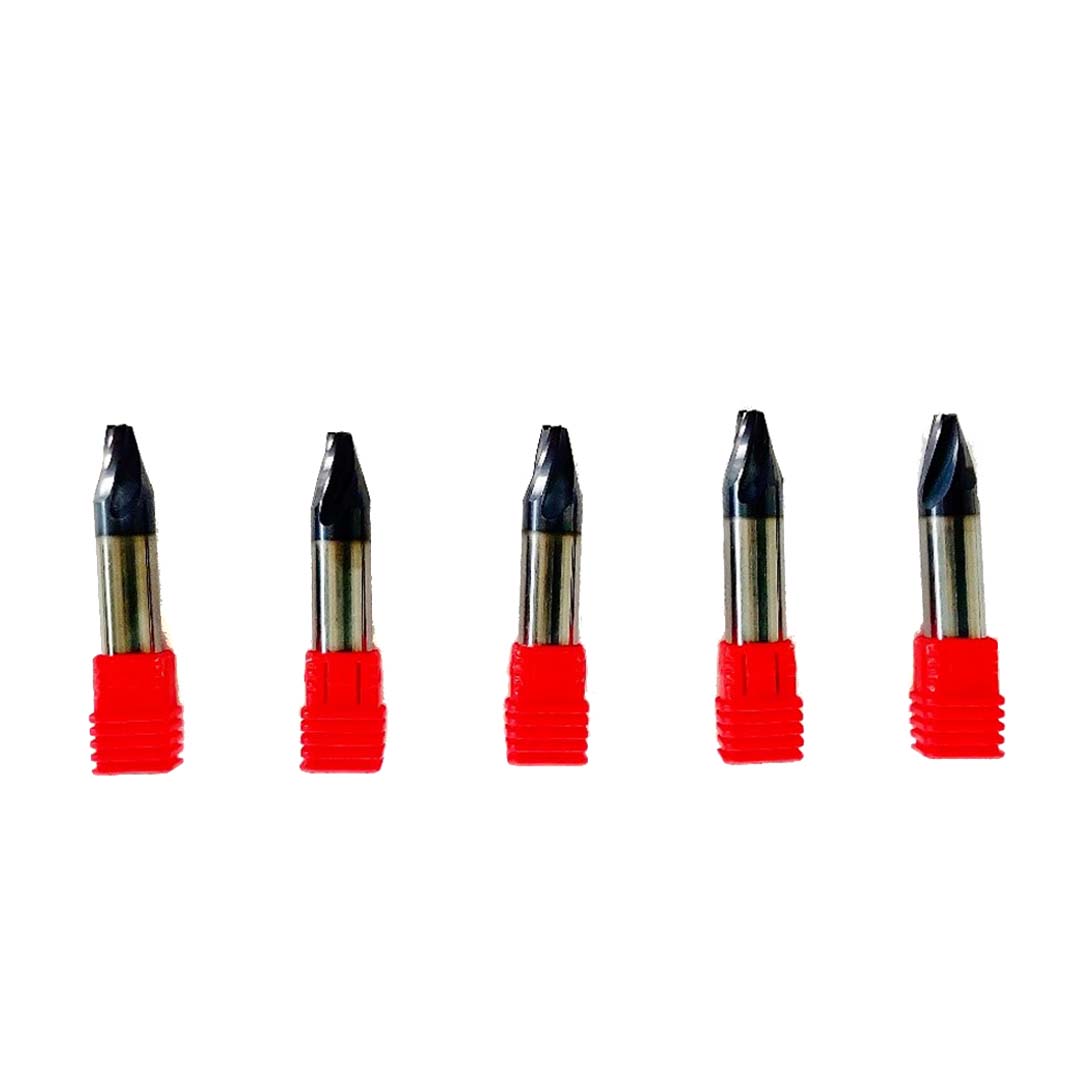
ENCORE® Chamfering Tools is recommended for front chamfering and deburring of holes and edges. The edge deburring, hole deburring, or even thread deburring is done with the sharp deburring and milling cutter accurately and without the formation of a secondary burr even in difficult-to-access spots. With diameters of 1.0 mm to 6.0 mm, it is best used in the smallest machining applications. The 4 to 6 teeth provide for high surface quality and allow high feed rates.
ENCORE® specialises in several types of chamfering tools including:
Chamfering tools are widely used in many industries such as metalworking, manufacturing, and construction.

ENCORE® is a leading reamers manufacturer, supplier, and exporter in UAE. Our reamers are made from high-grade carbides. Due to its high hardness and wear resistance, carbide tools have a longer lifespan than HSS tools, which makes it more cost-efficient in the long run. Reamers are the better choice when compared to drills for achieving precision. It gives a smoother and better finish on materials when compared to lathes.
Reaming metal tools are cutting tools that are used to enlarge and smooth out holes that have been previously drilled or punched in metal workpieces. They are used to achieve a high level of precision and smoothness in the finished hole.
ENCORE® can provide you with any of the below reamers:
Reaming is a finishing operation that is used after drilling, boring, or tapping and is essential to achieve precise tolerances in the finished product.
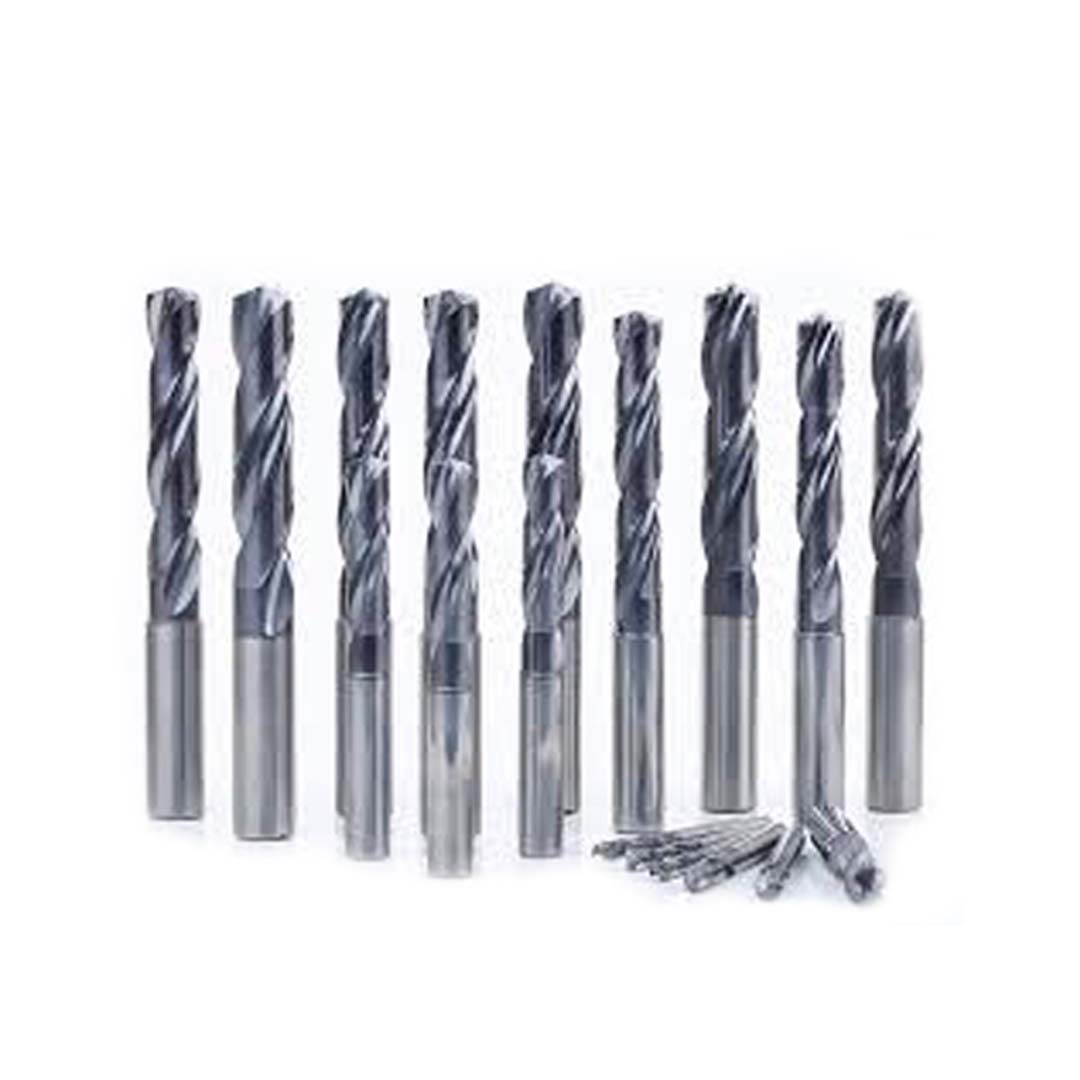
The range of high-precision solid carbide drills makes ENCORE® one of the world’s leading tool manufacturers. ENCORE® branded high-performance drills are available with or without tool cooling facilities. They are delivered with modern tool coatings which are adjusted to each material, which results in vast tool lives. By means of their optimization for various purposes, the solid carbide drills build a product range that enables economic drilling for a broad spectrum of applications.
ENCORE® branded Carbide hole making tools are cutting tools that are used to create or enlarge holes in a variety of materials, including metal. Made from carbide, which is a composite material made up of a metallic binder, such as cobalt, and tungsten carbide particles. Carbide is extremely hard and wear-resistant, making it an ideal material for cutting tools.
There are several types of carbide hole making tools, including:
These tools are commonly used in manufacturing, metalworking, and construction industries.
Due to its high hardness and wear resistance, carbide tools have a longer lifespan than HSS tools, which makes it more cost-efficient in the long run.